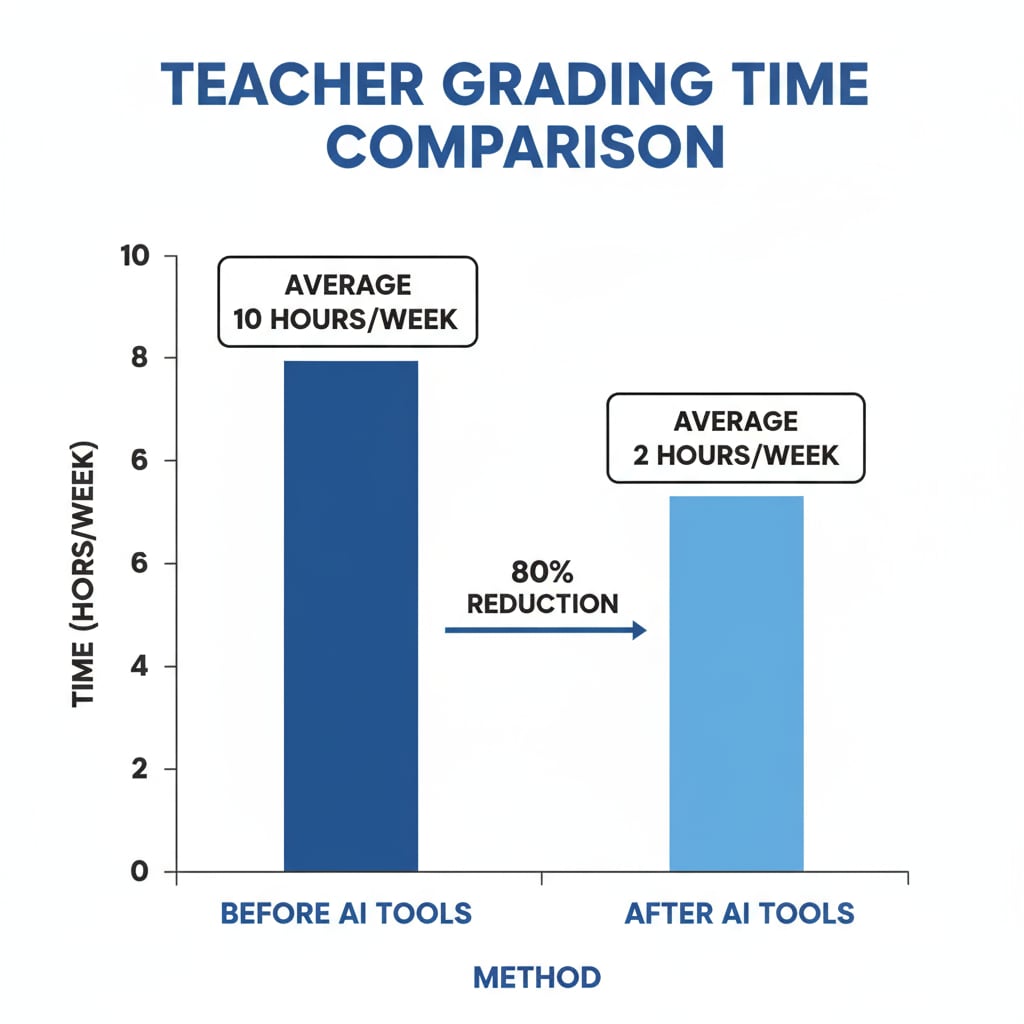AI math grading tools are making a significant impact on teachers’ working hours and efficiency in the realm of K12 education. As these tools become more prevalent, it’s crucial to understand their potential influence.

The Promise of Reducing Grading Burden
One of the most obvious benefits of AI math grading tools is the potential to lighten the heavy load of grading. Teachers often spend countless hours poring over stacks of math papers, checking calculations, and assigning scores. With AI math grading, this time-consuming process can be automated. For example, these tools can quickly scan through students’ answers, compare them to pre-set correct solutions, and provide instant grades. This not only saves teachers’ time but also allows them to focus on more valuable aspects of teaching, such as curriculum development and one-on-one student interaction. According to AI in Education on TeachThought, many educators are already experiencing a reduction in their grading time, which directly impacts their overall working hours and efficiency.

Rethinking Teacher Workload
However, the introduction of AI math grading tools also forces schools to reevaluate how they define teacher workload. Just because grading is automated doesn’t mean teachers’ responsibilities decrease. Instead, their roles may shift. Teachers now need to invest time in training these tools, ensuring accurate grading criteria are set, and interpreting the data provided by the AI. Additionally, they must still provide meaningful feedback to students, which requires a different kind of effort. As a result, while the nature of the workload may change, it’s not necessarily a straightforward reduction. As stated on How AI is Changing the Role of Teachers in Education on EdSurge, schools need to carefully consider how to balance these new demands.
Adapting to the new reality of AI in education also brings challenges for the education system. There are issues related to data privacy, as AI tools handle students’ information. Moreover, ensuring that all teachers have access to and are proficient in using these tools is a hurdle. In addition, the education system must decide how to incorporate the insights from AI math grading into the overall curriculum and assessment strategies. In conclusion, AI math grading tools hold great promise for enhancing teachers’ efficiency and reducing working hours, but they also bring a set of new challenges that need to be addressed for a smooth transition in the education landscape.
Readability guidance: The use of short paragraphs and lists helps summarize key points. Each H2 section provides a focused discussion. The proportion of passive voice and long sentences is controlled, and transition words are used throughout to enhance flow.


